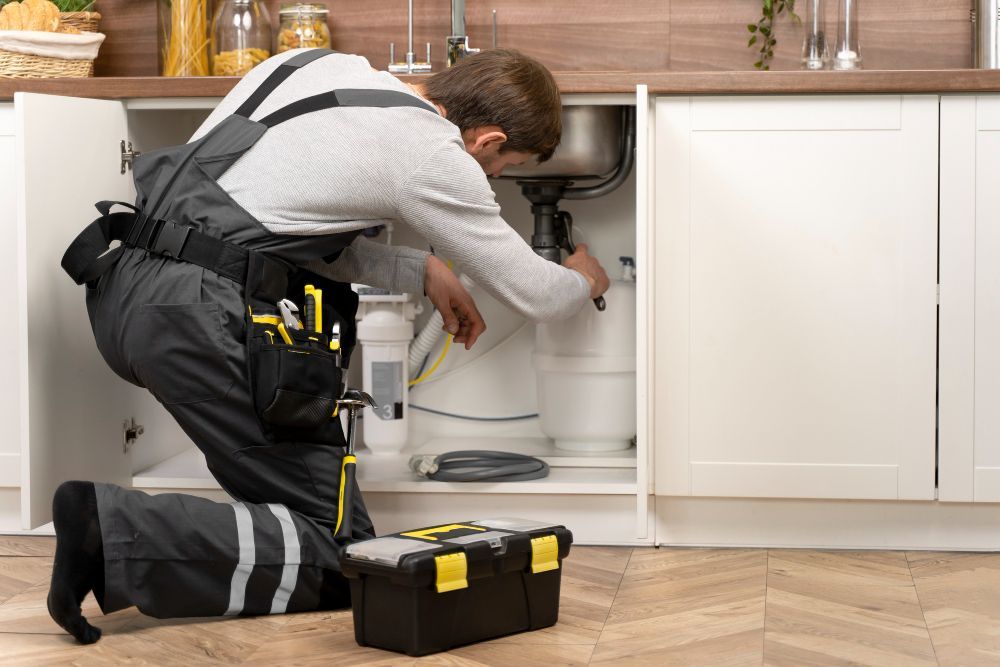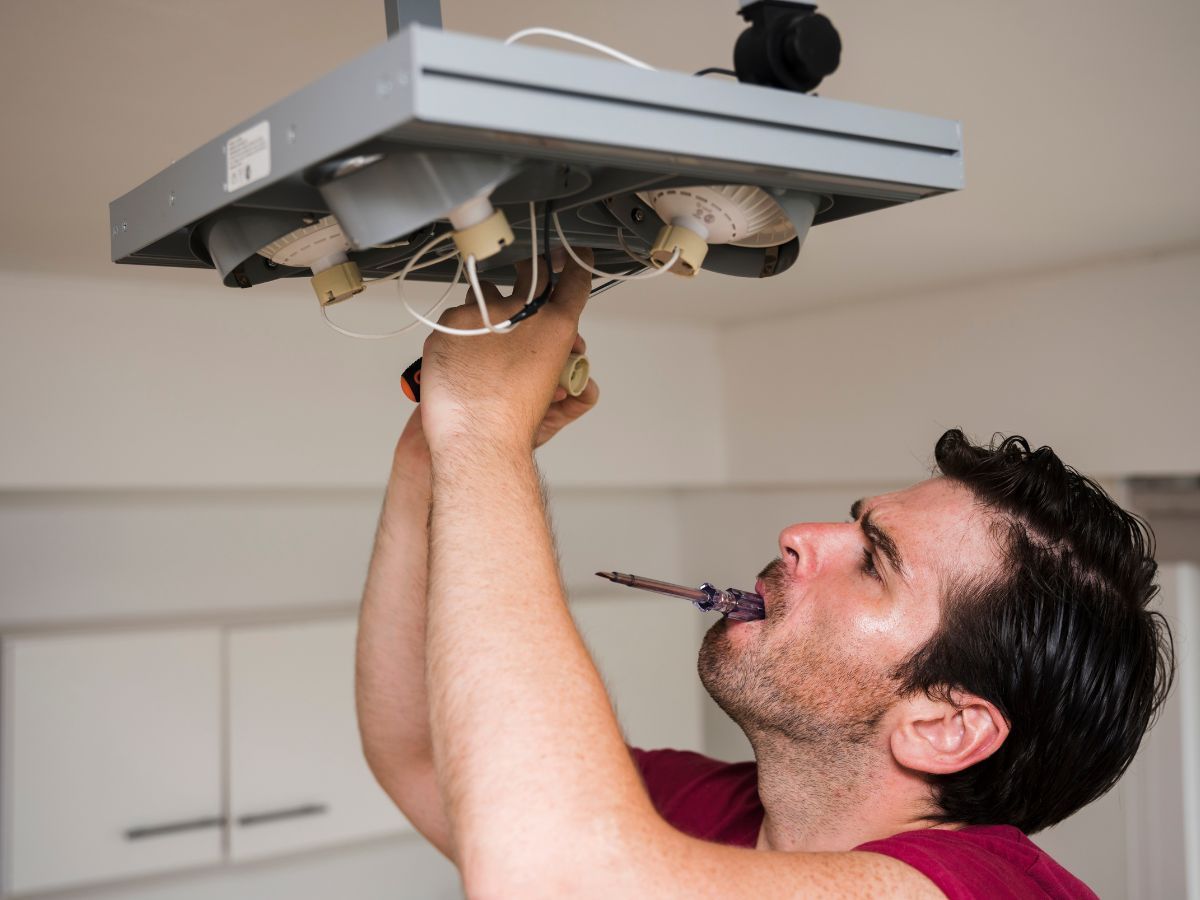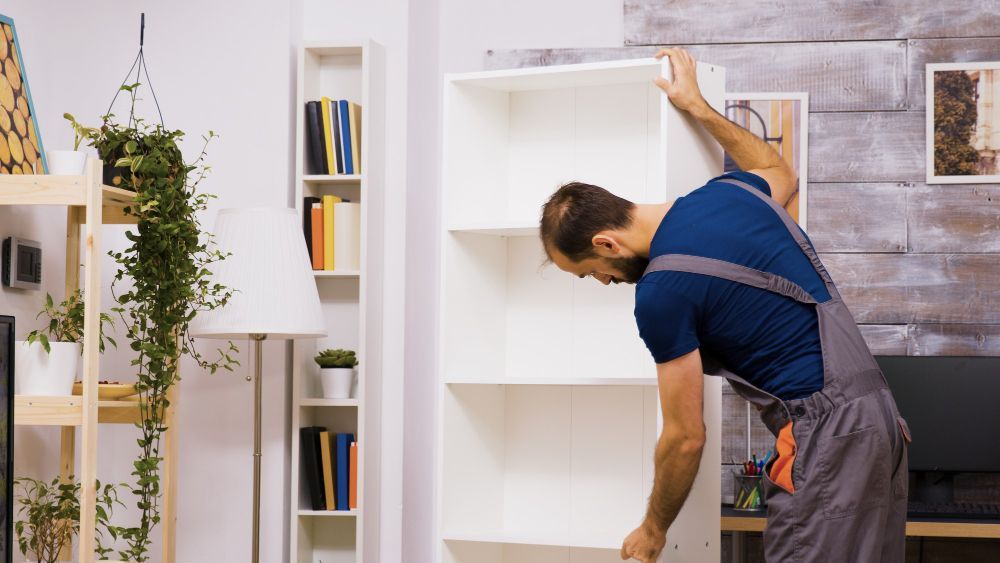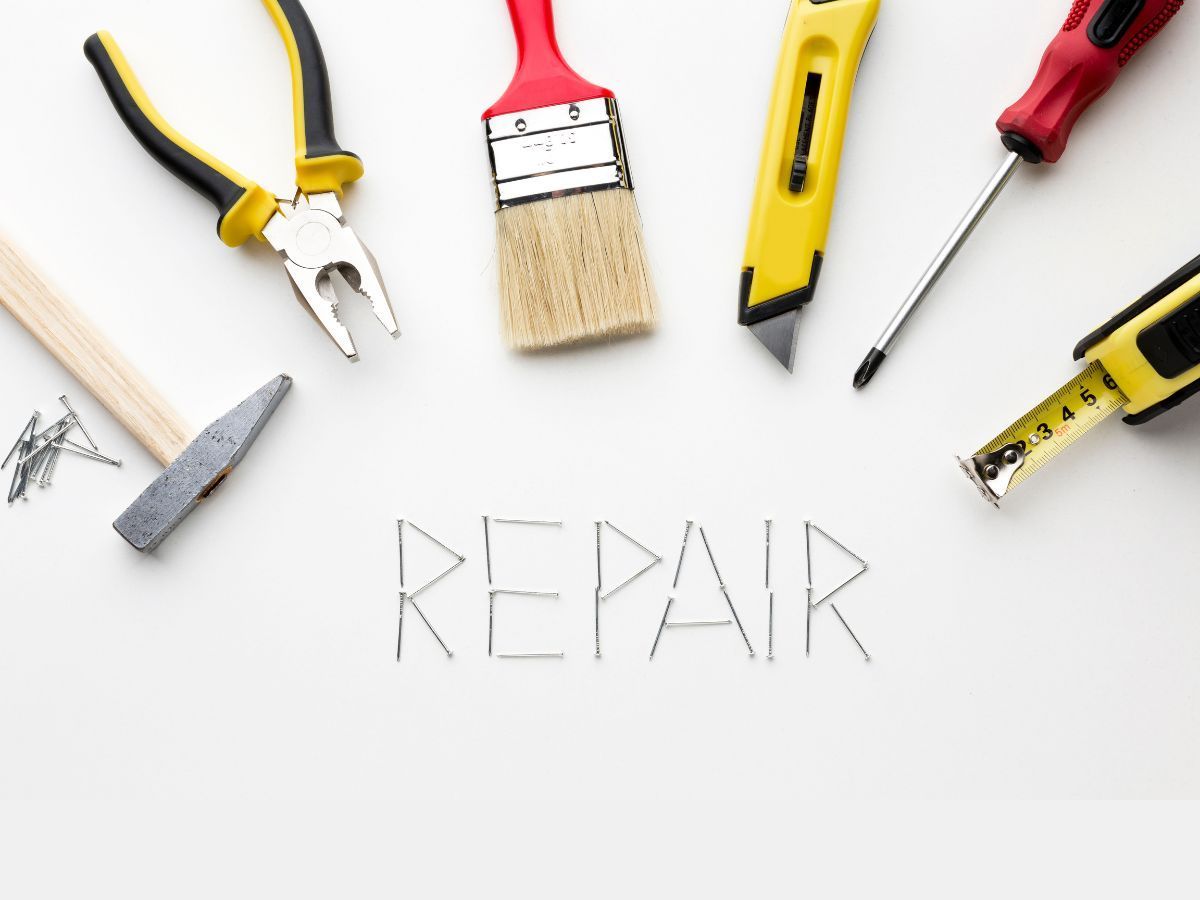5 Questions to Ask a Handyman
Big or small, your project is a significant investment. That’s why we recommend interviewing at least three qualified contractors before making a hiring decision. Ask the following questions to determine whether a pro is the right fit for your project:
1. Do you have the right insurance for this project?
It’s important that your handyman have liability insurance. Otherwise, you may find yourself financially responsible in the case of an accident. Make sure that they have coverage for themselves and your property.
2. Who will be doing the work?
Oftentimes, the person you speak with on the phone is not the person who will be performing the work. And if they are, they may work with a team of laborers and experts, and you’ll want to find out how they screen and hire these professionals. Ask about the person or team that will be working on your project.
3. Does this work require a permit?
Not every project requires a permit, and the processes for acquiring the necessary permits will vary. Your handyman will be a great resource in navigating this detail. Don’t skip pulling permits to save money. It could cost you a great deal if your project isn’t up-to-code.
4. How much experience do you have with projects like mine?
As much as a handyman is a Jack of all trades, don’t expect that the handyman you hired for one project will also be perfect for another. Make sure your professional has the experience necessary to complete your particular project, in order to get the highest quality work. Ask them how many times they’ve done similar work and discuss their familiarity and comfort with it.
5. How does your scheduling work?
Scheduling can be an issue if you don’t have the conversation up-front. Some handyman companies have the capacity and manpower to meet deadlines in spite of roadblocks, where others will need you to be more flexible in situations where weather or emergencies change the timeline. Ask about their process for delays and changes, so that you are on the same page if and when an issue arises.










